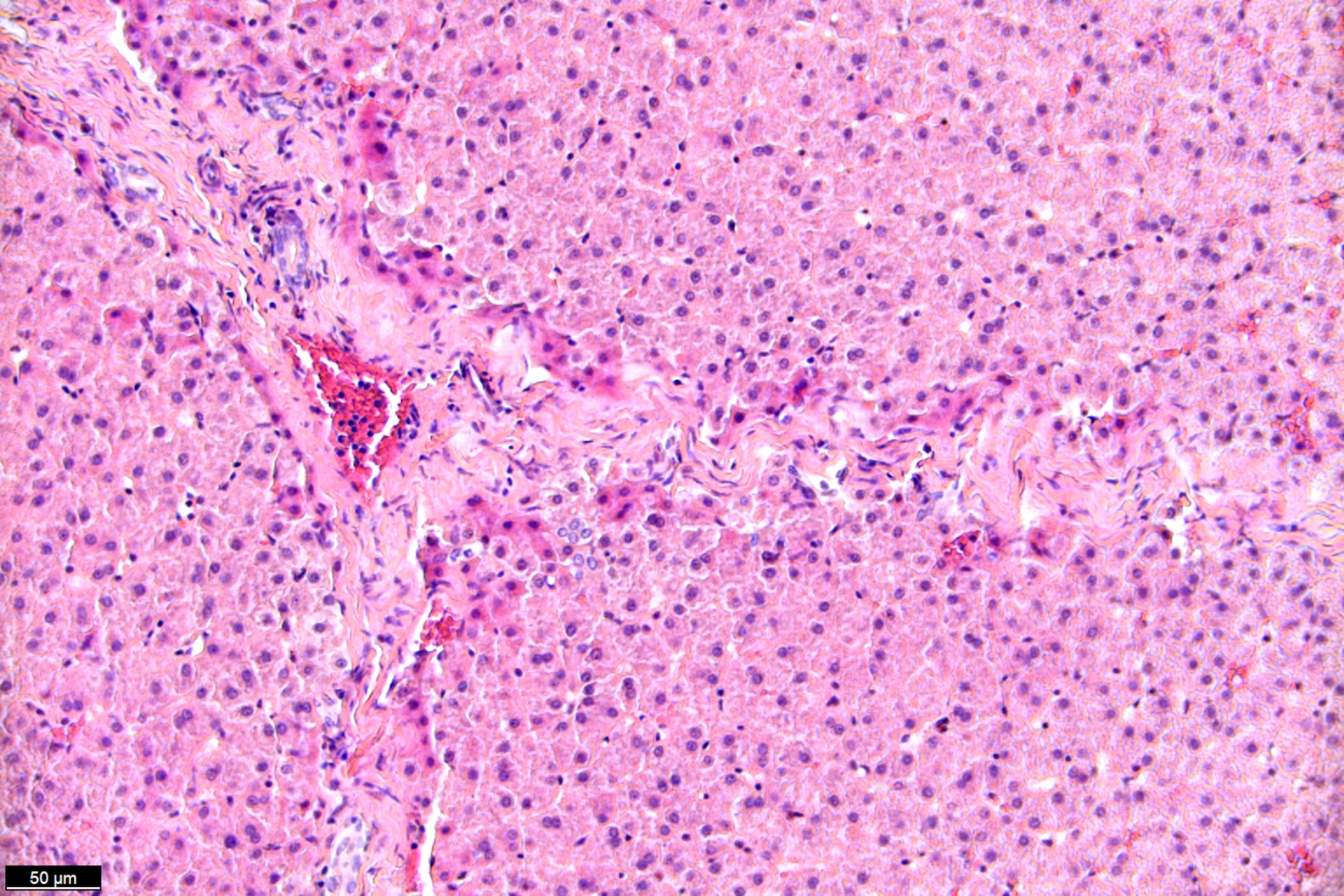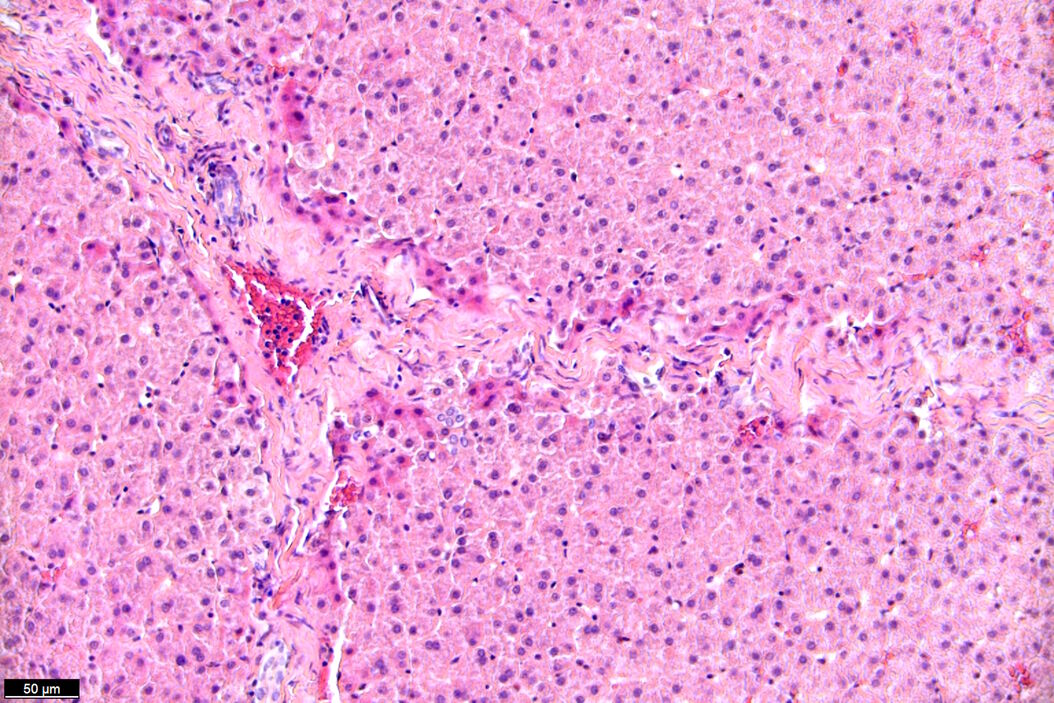The significance of spatial metabolomics in unravelling tumor complexity and its potential implications for cancer diagnosis, treatment, and personalized medicine
In the realm of cancer research, understanding the interplay between tumor cells and their microenvironment is crucial. While genetic mutations drive cancer progression, the tumor microenvironment plays a pivotal role in shaping its development. Disruptions in cellular interactions and environmental conditions create an environment conducive to tumor growth, impacting various cellular processes.
Researchers have developed a novel method called spatial metabolomics to delve into this complexity. Its objective is to uncover the heterogeneity within the tumor microenvironment, offering insights into its diverse components and their spatial organization. From immune checkpoints to cytokine secretion, and from vascular systems to metabolic nutrient distribution, each aspect provides valuable information about the tumor landscape.
These spatial variations influence clinical outcomes and also affect therapeutic responses. Metabolic profiles emerge as key players, influencing the immune microenvironment and cancer cell behavior. Their diversity reflects the complex nature of the tumor immune landscape, offering valuable insights for further research.
Traditional analytical techniques often struggle to capture this intricate spatial tapestry. Laser microdissection (LMD) coupled with high-sensitivity liquid chromatography-mass spectrometry (LC-MS) addresses this challenge. This combination enables precise spatial targeting of tissue sections, facilitating accurate analysis of metabolomic signatures.
Firstly, tissue sections undergo meticulous preparation, followed by precise dissection using laser technology. Samples are then subjected to extraction and analysis, revealing insights into tumor metabolism. Over 100 metabolites in tissue cells and 550 lipid compounds are identified, providing a comprehensive view of tumor biology.
Further analysis identifies 84 distinctive metabolites, differentiating invasive carcinoma from paracarcinoma tissue. These identified metabolites offer valuable insights into tumor behavior, metastatic potential, and drug sensitivity, guiding the development of personalized treatment strategies.





